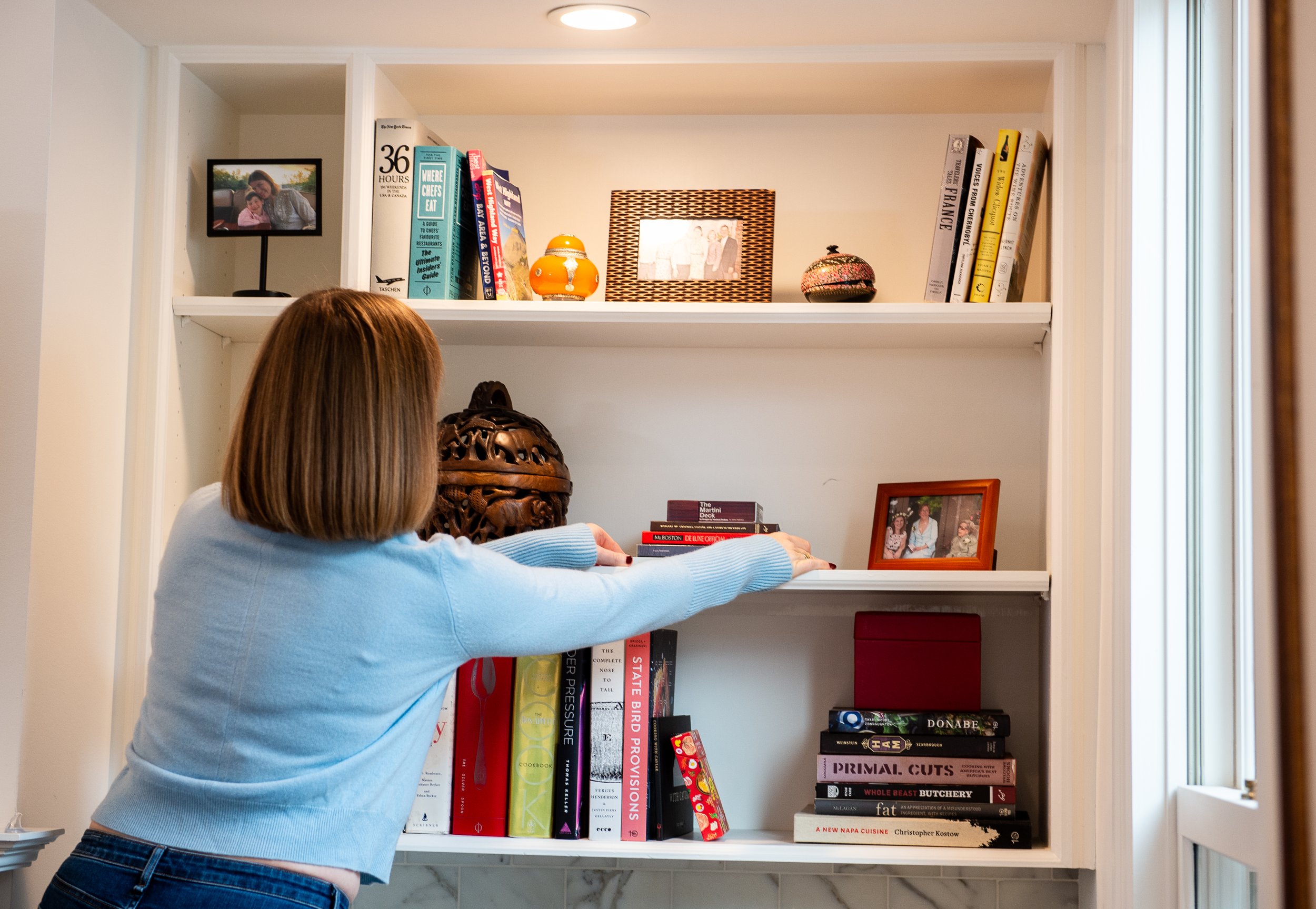How to Stop Clutter Before It Starts
Last week, I explained why so many people accumulate so much clutter without even realizing it as it’s happening. And by the way: if this is you, please don’t feel bad about it! There is no moral value, either positive or negative, attached to clutter. It’s just stuff, and it can get in the way of you living your best life.
So now that you realize that sneaky patterns of consumption cause clutter to build up in your home quickly, how can you stop clutter before it starts?
First of all, let’s rule out the solution I see many people attempt: a no buy or low buy. If you haven’t heard these terms before, they’re often used in communities where people love discussing the newest and best products in a category, whether they’re knitting enthusiasts, skincare junkies, or outdoor gear nerds. People realize they have too much, and decide they’re just going to stop buying stuff.
Much like going cold turkey on other addictive behaviors, it’s really really hard to just stop buying stuff. No buys and low buys very rarely work unless you have a concrete plan for how to replace the itch to buy and really strong accountability structures in place. Plus, when people feel deprived, they often want to act out - which could mean buying even MORE stuff that will turn into clutter.
In fact, all the best research on addiction and habit formation says that we need to approach our goals gradually, one step at a time. And we can do this for problem-solving purchase patterns. How? It’s pretty simple:
Slowly increase the time between identifying a problem and clicking “Buy.”
This may sound so simple that it can’t possibly work, but before you scoff, I ask that you try it. The very next time you add something to an online shopping cart, close the window before you click Buy. If you wake up tomorrow morning thinking, wow, I still really need that thing, go ahead and purchase it.
Once it becomes comfortable to give yourself a night to sleep on purchases, start extending the time. Can you delay purchases 24 hours? 48 hours? A week?
Slowly increasing the time period between problem identification and purchase doesn’t just give you time to identify alternate solutions. You’ll also start to see patterns that trigger purchasing impulses.
Do you buy when you’re exhausted? Hungry? Feeling lonely? Often the problem we’re trying to solve with a purchase is more emotional than physical.
Do you buy not because you don’t have a thing but because you can’t find that thing? Often we create more clutter because of the clutter that already exists in our lives!
Do you buy because you love a deal? Getting a good price is great, but don’t forget the hidden cost of storing large quantities of things, including not being able to get through your stash before it expires.
As you start to monitor your consumption, extend the time it takes you to make purchase decisions, and decrease the number of things coming into your home, you’re going to see two huge benefits: less clutter and more money in the bank. And I’m pretty sure those are two benefits everybody can get behind!
A lot of people talk about being more mindful about consumption, but the concept of mindfulness is pretty fuzzy. I hope that I’ve made mindful consumption more concrete here, and given you specific action you can take to decrease your consumption and stop clutter before it starts!
LMW

